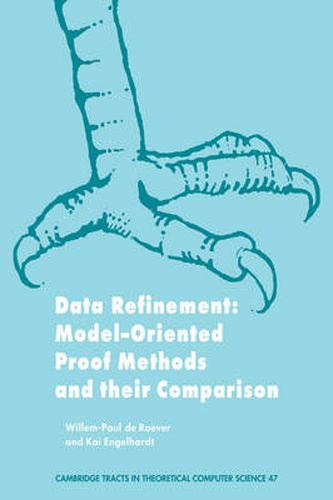Readings Newsletter
Become a Readings Member to make your shopping experience even easier.
Sign in or sign up for free!
You’re not far away from qualifying for FREE standard shipping within Australia
You’ve qualified for FREE standard shipping within Australia
The cart is loading…






The goal of this book is to provide a comprehensive and systematic introduction to the important and highly applicable method of data refinement and the simulation methods used for proving its correctness. The authors concentrate in the first part on the general principles needed to prove data refinement correct. They begin with an explanation of the fundamental notions, showing that data refinement proofs reduce to proving simulation. The book’s second part contains a detailed survey of important methods in this field, which are carefully analysed, and shown to be either incomplete, with counterexamples to their application, or to be always applicable whenever data refinement holds. This is shown by proving, for the first time, that all these methods can be described and analysed in terms of two simple notions: forward and backward simulation. The book is self-contained, going from advanced undergraduate level and taking the reader to the state of the art in methods for proving simulation.
$9.00 standard shipping within Australia
FREE standard shipping within Australia for orders over $100.00
Express & International shipping calculated at checkout
Stock availability can be subject to change without notice. We recommend calling the shop or contacting our online team to check availability of low stock items. Please see our Shopping Online page for more details.
The goal of this book is to provide a comprehensive and systematic introduction to the important and highly applicable method of data refinement and the simulation methods used for proving its correctness. The authors concentrate in the first part on the general principles needed to prove data refinement correct. They begin with an explanation of the fundamental notions, showing that data refinement proofs reduce to proving simulation. The book’s second part contains a detailed survey of important methods in this field, which are carefully analysed, and shown to be either incomplete, with counterexamples to their application, or to be always applicable whenever data refinement holds. This is shown by proving, for the first time, that all these methods can be described and analysed in terms of two simple notions: forward and backward simulation. The book is self-contained, going from advanced undergraduate level and taking the reader to the state of the art in methods for proving simulation.